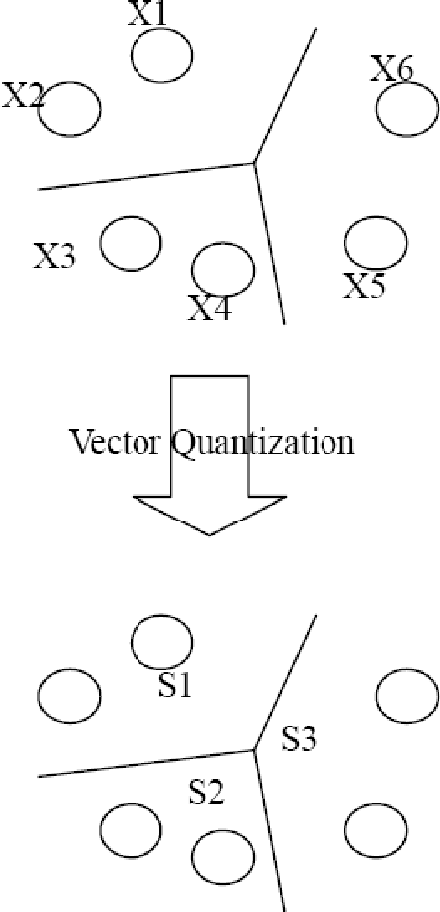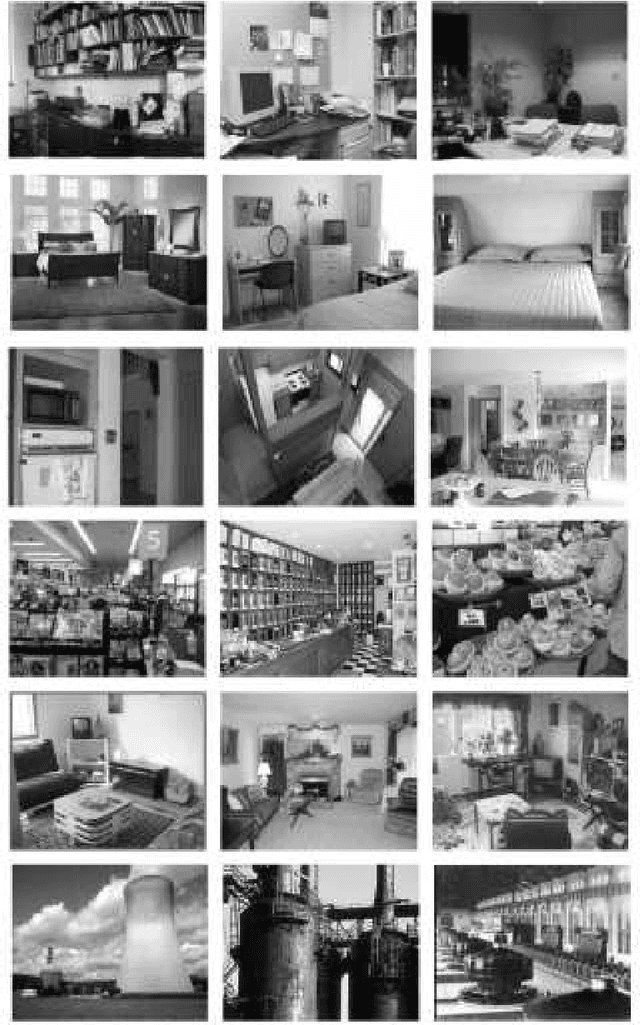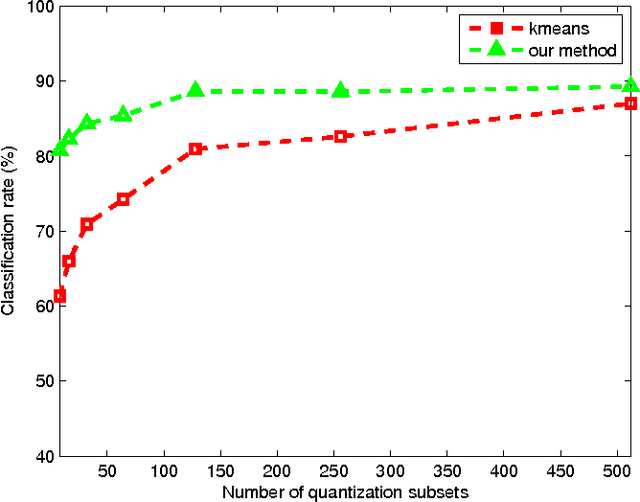Lan Yang
RePainter: Empowering E-commerce Object Removal via Spatial-matting Reinforcement Learning
Oct 09, 2025Abstract:In web data, product images are central to boosting user engagement and advertising efficacy on e-commerce platforms, yet the intrusive elements such as watermarks and promotional text remain major obstacles to delivering clear and appealing product visuals. Although diffusion-based inpainting methods have advanced, they still face challenges in commercial settings due to unreliable object removal and limited domain-specific adaptation. To tackle these challenges, we propose Repainter, a reinforcement learning framework that integrates spatial-matting trajectory refinement with Group Relative Policy Optimization (GRPO). Our approach modulates attention mechanisms to emphasize background context, generating higher-reward samples and reducing unwanted object insertion. We also introduce a composite reward mechanism that balances global, local, and semantic constraints, effectively reducing visual artifacts and reward hacking. Additionally, we contribute EcomPaint-100K, a high-quality, large-scale e-commerce inpainting dataset, and a standardized benchmark EcomPaint-Bench for fair evaluation. Extensive experiments demonstrate that Repainter significantly outperforms state-of-the-art methods, especially in challenging scenes with intricate compositions. We will release our code and weights upon acceptance.
Amadeus: Autoregressive Model with Bidirectional Attribute Modelling for Symbolic Music
Aug 28, 2025Abstract:Existing state-of-the-art symbolic music generation models predominantly adopt autoregressive or hierarchical autoregressive architectures, modelling symbolic music as a sequence of attribute tokens with unidirectional temporal dependencies, under the assumption of a fixed, strict dependency structure among these attributes. However, we observe that using different attributes as the initial token in these models leads to comparable performance. This suggests that the attributes of a musical note are, in essence, a concurrent and unordered set, rather than a temporally dependent sequence. Based on this insight, we introduce Amadeus, a novel symbolic music generation framework. Amadeus adopts a two-level architecture: an autoregressive model for note sequences and a bidirectional discrete diffusion model for attributes. To enhance performance, we propose Music Latent Space Discriminability Enhancement Strategy(MLSDES), incorporating contrastive learning constraints that amplify discriminability of intermediate music representations. The Conditional Information Enhancement Module (CIEM) simultaneously strengthens note latent vector representation via attention mechanisms, enabling more precise note decoding. We conduct extensive experiments on unconditional and text-conditioned generation tasks. Amadeus significantly outperforms SOTA models across multiple metrics while achieving at least 4$\times$ speed-up. Furthermore, we demonstrate training-free, fine-grained note attribute control feasibility using our model. To explore the upper performance bound of the Amadeus architecture, we compile the largest open-source symbolic music dataset to date, AMD (Amadeus MIDI Dataset), supporting both pre-training and fine-tuning.
Annotation-Free Human Sketch Quality Assessment
Jul 28, 2025Abstract:As lovely as bunnies are, your sketched version would probably not do them justice (Fig.~\ref{fig:intro}). This paper recognises this very problem and studies sketch quality assessment for the first time -- letting you find these badly drawn ones. Our key discovery lies in exploiting the magnitude ($L_2$ norm) of a sketch feature as a quantitative quality metric. We propose Geometry-Aware Classification Layer (GACL), a generic method that makes feature-magnitude-as-quality-metric possible and importantly does it without the need for specific quality annotations from humans. GACL sees feature magnitude and recognisability learning as a dual task, which can be simultaneously optimised under a neat cross-entropy classification loss with theoretic guarantee. This gives GACL a nice geometric interpretation (the better the quality, the easier the recognition), and makes it agnostic to both network architecture changes and the underlying sketch representation. Through a large scale human study of 160,000 \doublecheck{trials}, we confirm the agreement between our GACL-induced metric and human quality perception. We further demonstrate how such a quality assessment capability can for the first time enable three practical sketch applications. Interestingly, we show GACL not only works on abstract visual representations such as sketch but also extends well to natural images on the problem of image quality assessment (IQA). Last but not least, we spell out the general properties of GACL as general-purpose data re-weighting strategy and demonstrate its applications in vertical problems such as noisy label cleansing. Code will be made publicly available at github.com/yanglan0225/SketchX-Quantifying-Sketch-Quality.
VA-AR: Learning Velocity-Aware Action Representations with Mixture of Window Attention
Mar 14, 2025Abstract:Action recognition is a crucial task in artificial intelligence, with significant implications across various domains. We initially perform a comprehensive analysis of seven prominent action recognition methods across five widely-used datasets. This analysis reveals a critical, yet previously overlooked, observation: as the velocity of actions increases, the performance of these methods variably declines, undermining their robustness. This decline in performance poses significant challenges for their application in real-world scenarios. Building on these findings, we introduce the Velocity-Aware Action Recognition (VA-AR) framework to obtain robust action representations across different velocities. Our principal insight is that rapid actions (e.g., the giant circle backward in uneven bars or a smash in badminton) occur within short time intervals, necessitating smaller temporal attention windows to accurately capture intricate changes. Conversely, slower actions (e.g., drinking water or wiping face) require larger windows to effectively encompass the broader context. VA-AR employs a Mixture of Window Attention (MoWA) strategy, dynamically adjusting its attention window size based on the action's velocity. This adjustment enables VA-AR to obtain a velocity-aware representation, thereby enhancing the accuracy of action recognition. Extensive experiments confirm that VA-AR achieves state-of-the-art performance on the same five datasets, demonstrating VA-AR's effectiveness across a broad spectrum of action recognition scenarios.
VersaGen: Unleashing Versatile Visual Control for Text-to-Image Synthesis
Dec 17, 2024



Abstract:Despite the rapid advancements in text-to-image (T2I) synthesis, enabling precise visual control remains a significant challenge. Existing works attempted to incorporate multi-facet controls (text and sketch), aiming to enhance the creative control over generated images. However, our pilot study reveals that the expressive power of humans far surpasses the capabilities of current methods. Users desire a more versatile approach that can accommodate their diverse creative intents, ranging from controlling individual subjects to manipulating the entire scene composition. We present VersaGen, a generative AI agent that enables versatile visual control in T2I synthesis. VersaGen admits four types of visual controls: i) single visual subject; ii) multiple visual subjects; iii) scene background; iv) any combination of the three above or merely no control at all. We train an adaptor upon a frozen T2I model to accommodate the visual information into the text-dominated diffusion process. We introduce three optimization strategies during the inference phase of VersaGen to improve generation results and enhance user experience. Comprehensive experiments on COCO and Sketchy validate the effectiveness and flexibility of VersaGen, as evidenced by both qualitative and quantitative results.
Wired Perspectives: Multi-View Wire Art Embraces Generative AI
Nov 26, 2023Abstract:Creating multi-view wire art (MVWA), a static 3D sculpture with diverse interpretations from different viewpoints, is a complex task even for skilled artists. In response, we present DreamWire, an AI system enabling everyone to craft MVWA easily. Users express their vision through text prompts or scribbles, freeing them from intricate 3D wire organisation. Our approach synergises 3D B\'ezier curves, Prim's algorithm, and knowledge distillation from diffusion models or their variants (e.g., ControlNet). This blend enables the system to represent 3D wire art, ensuring spatial continuity and overcoming data scarcity. Extensive evaluation and analysis are conducted to shed insight on the inner workings of the proposed system, including the trade-off between connectivity and visual aesthetics.
Vector Quantization by Minimizing Kullback-Leibler Divergence
Jan 30, 2015



Abstract:This paper proposes a new method for vector quantization by minimizing the Kullback-Leibler Divergence between the class label distributions over the quantization inputs, which are original vectors, and the output, which is the quantization subsets of the vector set. In this way, the vector quantization output can keep as much information of the class label as possible. An objective function is constructed and we also developed an iterative algorithm to minimize it. The new method is evaluated on bag-of-features based image classification problem.
 Add to Chrome
Add to Chrome Add to Firefox
Add to Firefox Add to Edge
Add to Edge